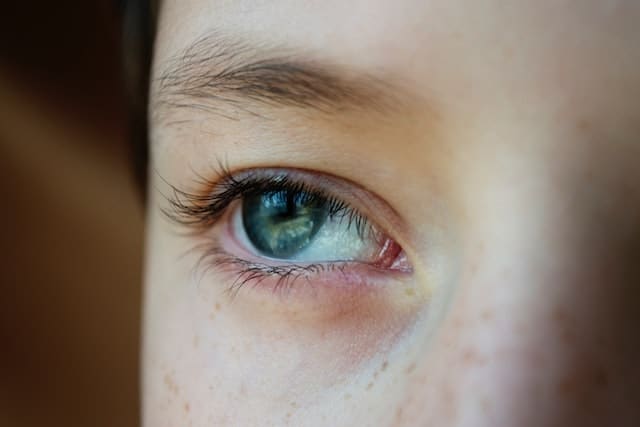Diabetic Eye Disease Does Not Have to Lead to Loss of Vision
Diabetic eye disease, such as Diabetic Retinopathy (DR) and Diabetic Macular Edema (DME), is an eye condition that causes vision impairment and blindness in people with diabetes. A person with diabetes is at a higher risk of developing eye disease.
It is important to identify the relationship between diabetes and eye problems so that effective preventable measures can be considered.
Gary Rodney, Master of Optometry and Fellow of the International Academy of Orthokeratology and Myopia Control (FIAOMC) based at the Smart Vision Optometry Eyes InDesign Mosman clinic, advises ways to preserve one’s vision and reduce chances of eye disease.
Comprehensive eye exam
A comprehensive dilated eye examination is required at least once a year to diagnose, keep track and maintain signs of eye disease. A dilated eye exam involves a “thorough exam of the retina and signs of damage to the optic nerve before a patient notices any change in vision,” says Rodney. Treatment takes place when signs of disease appear.
Upon examinations, tests can also be performed to ensure that the patient’s vision system is strong and performs an adequate function in daily tasks and activities. Comprehensive eye examinations above and beyond eye health are suitable for every age group. “We are aware that a lifestyle and work environment plays an important role in patient vision,” says Rodney. Therefore it is important to consider certain treatment plans such as glasses, contact lenses and vision therapy that is comfortable and suitable for the patient, and to improve vision effectively.
Control blood sugar
High blood sugar (glucose) levels damage the blood vessels that provide the retina, nerves and soft tissue of the eye with oxygen and nutrients. “Damaged blood vessels leak fluid and blood in your eye and can result in retinal detachment,” says Rodney.
High blood sugar can change the shape of the eye and cause blurred vision. High glucose can change the fluid levels and cause swelling in the tissue of the eye. “This causes blurred vision, but in such circumstances, the blurred vision is temporary,” says Rodney.
Once the blood sugar stabilises the blurred vision and shape of the eye’s lens may improve. Therefore it is “important to control blood sugar levels to prevent these problems,” says Rodney. Maintaining a normal blood sugar level through diet and exercise can keep your blood vessels healthy.
High blood sugar levels damage blood vessels in the eye and retina, causing permanent damage.
Quit smoking
Smoking increases inflammation in the body, when “the cigarette smoke damages the cells in the body and interferes with the functioning of the cell,” says Rodney.
Blood vessels are prone to breaking and can cause fluid to leak in the retina, resulting in damage and vision loss.
“High levels of nicotine also reduce the efficiency of the insulin that lowers your blood sugar,” says Rodney. As a result, you may need large doses of insulin to control blood sugar levels.
Smart Vision Optometry clinics are located in Sydney, Australia. Book a Smart Vision Comprehensive Vision Skills Assessment or Advanced Eye Health Test for any child or adult by calling the Mosman clinic (02) 9969 1600 or the Bondi clinic (02) 9365 5047, alternatively book an appointment online.






